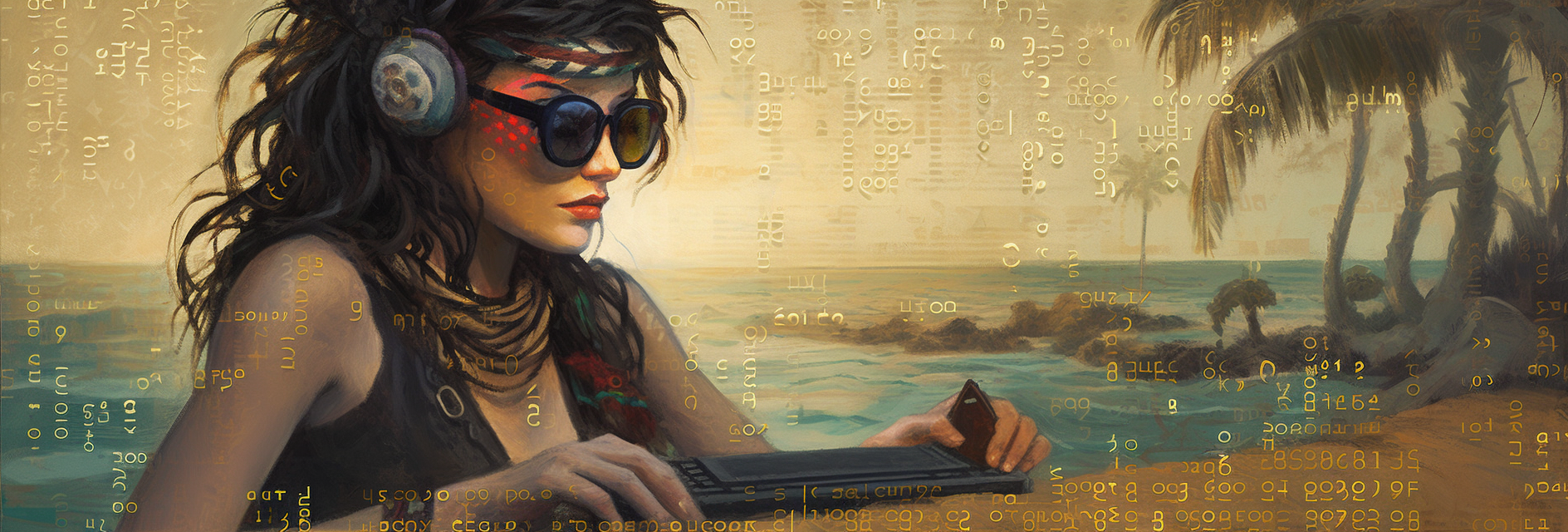Working with Eras: Understanding Different Calendar Eras

Ahoy there, mateys! Ye be lookin’ to learn more about the Java DateTime library? Well, you’ve come to the right place. Today, we’ll be talking about one of the more fascinating aspects of working with dates and times - eras.
Now, ye might be thinking, “Eras? What are ye talking about? We already know about the BC and AD thing!” But, there’s more to it than just that. You see, different cultures and civilizations have their own way of counting the years, and Java’s DateTime library has provisions for that too.
Let’s dive into the details, shall we?
The Different Calendar Eras
Before we get started, let’s make sure we’re all on the same page. In Java’s DateTime library, an era is a way of dividing time that starts at a specific point in history and counts forward or backward from there. Different cultures and civilizations have their own eras, and Java supports several of them, including:
- BCE/CE: Common Era or Before Common Era (used mostly in Western culture)
- AD/BC: Anno Domini or Before Christ (used mostly in Christian culture)
- Japanese eras: The Japanese Imperial Calendar, which uses the emperor’s reign as the starting point for each era.
- Thai Buddhist eras: Thailand has three different Buddhist eras, each with its own starting point.
- Hindu eras: India has several different eras, each with its own starting point and used for different purposes.
- Islamic eras: The Islamic calendar uses the Hijri era, which counts from the year of the Prophet Muhammad’s migration from Mecca to Medina.
Working with Different Eras
Now that ye know about the different calendar eras, let’s talk about how to work with them in the Java DateTime library. To specify an era when creating a date object, ye can use the ChronoField.ERA field and set it to the appropriate value. For example:
LocalDate date = LocalDate.of(2023, 4, 26);
date = date.with(ChronoField.ERA, 0); // Set the era to BCE
Note that the value of ChronoField.ERA is 1 for CE and 0 for BCE. Ye can also get the era of a date object using the get method:
int era = date.get(ChronoField.ERA); // Returns 0 for BCE and 1 for CE
If ye’re working with Japanese eras, ye can use the JapaneseEra enum to specify the era:
LocalDate date = LocalDate.of(JapaneseEra.HEISEI, 30, 4, 26); // April 26, 2018 in the Heisei era
And to get the era of a Japanese date object, ye can use the getEra method:
JapaneseEra era = JapaneseDate.from(date).getEra();
Conclusion
And that’s all ye need to know about understanding different calendar eras in the Java DateTime library, mateys! Remember, understanding the different eras can be crucial when working with dates and times in different cultures and civilizations. Next up, we’ll be talking about how to work with different eras in the Java DateTime library. Stay tuned!
Working with Different Eras
Now that we’ve covered understanding different calendar eras, let’s talk about how to work with different eras in the Java DateTime library.
To work with different eras, ye can use the appropriate Chronology class. For example, to work with the Thai Buddhist eras, ye can use the ThaiBuddhistChronology class:
Chronology thaiBuddhistChrono = ThaiBuddhistChronology.INSTANCE;
LocalDate date = thaiBuddhistChrono.date(2564, 4, 26); // April 26, 2021 in the Thai Buddhist calendar
Note that ye can’t mix different chronologies in a single operation. For example, ye can’t add a date in the Thai Buddhist calendar to a date in the Gregorian calendar. Ye need to convert one date to the other chronology first.
To convert a date from one chronology to another, ye can use the Chronology.date method:
LocalDate gregorianDate = LocalDate.of(2023, 4, 26);
Chronology thaiBuddhistChrono = ThaiBuddhistChronology.INSTANCE;
LocalDate thaiBuddhistDate = thaiBuddhistChrono.date(gregorianDate);
And to get the era of a date in a different chronology, ye can use the appropriate ChronoField.ERA field:
Chronology thaiBuddhistChrono = ThaiBuddhistChronology.INSTANCE;
LocalDate thaiBuddhistDate = thaiBuddhistChrono.date(2564, 4, 26);
int thaiBuddhistEra = thaiBuddhistDate.get(ChronoField.ERA); // Returns 1 for BE and 0 for BC
Conclusion
And that’s all ye need to know about working with different eras in the Java DateTime library, me hearties! Remember, understanding different eras and chronologies can be crucial when working with dates and times in different cultures and civilizations.
By using the Java DateTime library, ye can easily work with different eras and chronologies, no matter where in the world yer code takes ye. So set sail, me hearties, and go forth to create date and time functionality that can stand the test of time!